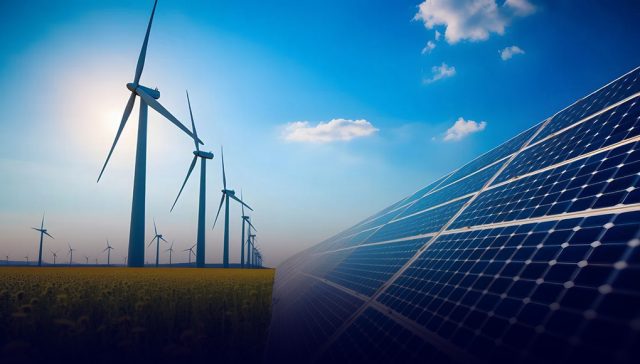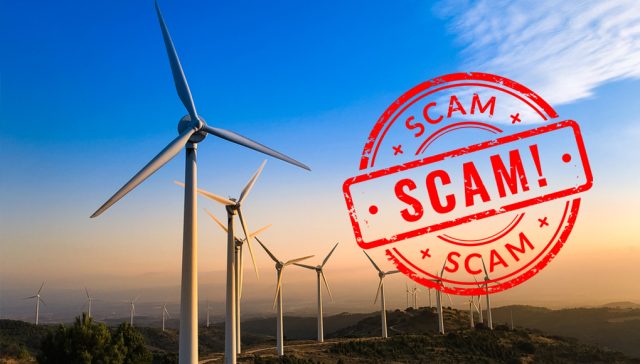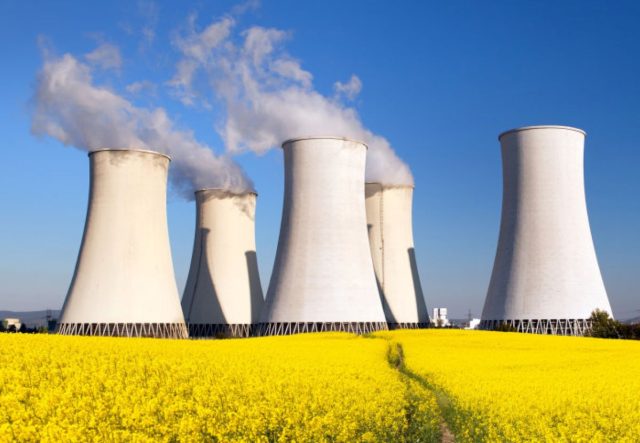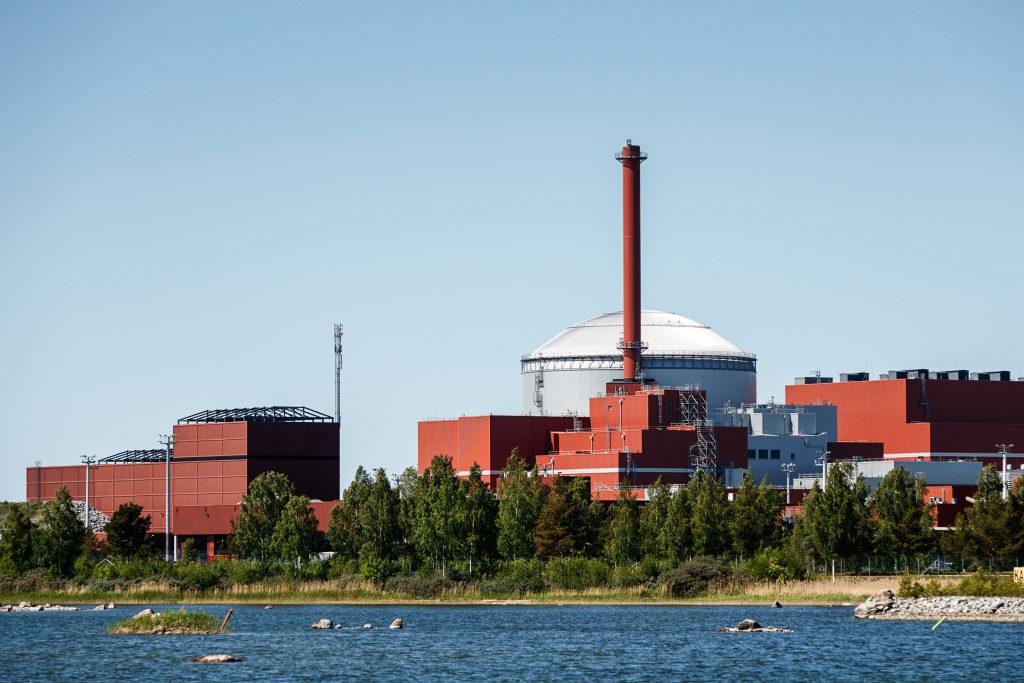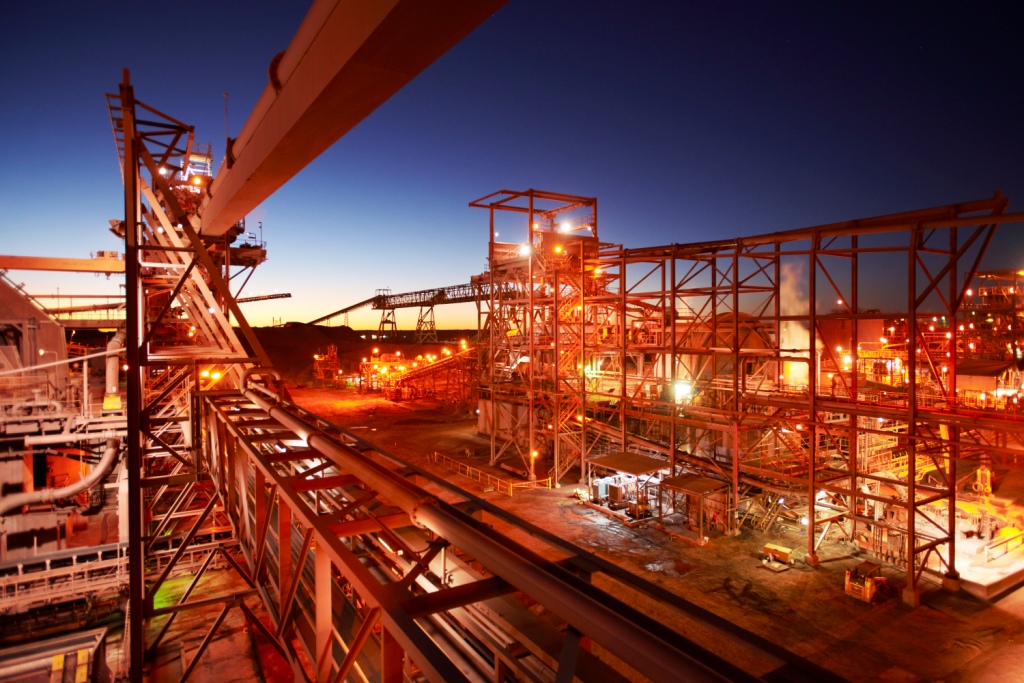Decommissioning Solar & Wind Projects: A Costly Endeavour
Over the last decade, decommissioning and waste management of solar and wind energy projects has grown into a thriving industry. In the decades to come, with the continued deployment of projects all over the world, it will massively expand.
Solar and wind projects require highly specialised recycling and waste management processes. Decommissioning large plants can run up costs of millions, or even billions.
Solar
As solar capacity expands, demand for decommissioning services will increase. International Renewable Energy Agency estimates that global solar project waste will reach 212 million tonnes a year by 2050.
Despite photovoltaic projects supposedly lasting 20 years, owners often decommission early. Reasons include broken panels, manufacturers out of business, outdated technical attributes and unprofitable projects.
The Global Energy Monitor estimates China will pass this five years ahead of schedule.
Solar systems require highly specialised waste management. To reduce landfill waste and promote sustainability, responsible disposal and recycling practices are crucial.
Environmental concerns regarding solar waste components include gallium arsenide, tellurium, crystalline silicon, lead, chromium, cadmium, sulfuric acid, mercury, radioactive materials and heavy earth minerals. Inadequate disposal leads to chemicals leaching into groundwater, stressing nature and agriculture and poisoning drinking water.
Solar panels also contain valuable raw materials such as copper, steel, aluminium, zinc, and silver. These are wasted in landfill.
Wind
Waste management of wind turbine blades is also complicated, expensive and raises environmental concerns.
Each blade is 50 to 90 metres long. It must be cut up using specialised equipment. Blades consist of resin and fibreglass, which cannot be recycled or crushed. Existing landfills do not have space for them and setting up new landfills is expensive.
To understand the scope of the issues, let’s take a look at the two largest economies, the US and China.
US
Solar
Commenting on a report by the Energy Information Administration, Solarcycle CEO Suvi Sharma said, “Solar is becoming the dominant form of power generation, but with that comes a new set of challenges and opportunities. We have not done anything yet on making [solar] circular and dealing with end-of-life [panels].”
There are approximately 500 million solar panels installed across the US, increasing 20% each year. Ninety percent of decommissioned panels currently go to landfill due to recycling costs. From 2030 to 2060, the US will accumulate 9.8 million tonnes of solar panel waste, according to a 2019 study published in Renewable Energy.
Sharma stated that, “We see that gap closing over the next five to 10 years significantly, through a combination of recycling becoming more cost-effective and landfill costs only increasing.”
Time will tell whether or not this prediction is accurate.
Solar and wind projects require highly specialised recycling and waste management processes.
Wind
The lifespan of a wind turbine is purportedly 20 years. However, as Julie Angulo, senior vice president of Veolia stated “We are seeing a wave of blades that are 10 to 12 years old, we know that number is going to go up.”
Decommissioned wind turbine blades have joined solar panels in landfills, and are known as ‘forever waste’.
According to a 2021 study released by the National Renewable Energy Laboratory, the US will decommission 3,000 to 9,000 blades every year until 2026, 10,000 to 20,000 blades a year until 2040, and 235,000 blades a year by 2050.
China
China leads the world in wind and solar energy equipment manufacture. China’s initial aim was 1,200 gigawatts of wind and solar by 2030. The Global Energy Monitor estimates China will pass this five years ahead of schedule.
Waste volumes will rise as projects are decommissioned and replaced, emphasising the need for recycling measures. China currently doesn’t have specific regulations or processes for solar panel and wind turbine waste management. The State has announced it is working on industrial standards and rules to address this.
The state planning agency advised that China aims to have a “basically mature” full-process recycling system for wind turbines and solar panels by the end of the decade.
Solar
China is the world’s leading solar market. It has surpassed everyone in terms of expenditure, manufactured panels and energy production.
The International Renewable Energy Agency reported that in 2023, China dominated global solar panel additions with a record-breaking year, adding an estimated 180 to 230 gigawatts.
However, in June last year China’s official Science and Technology Daily newspaper advised that in spite of the lifespan of 20 years, many of China’s solar projects show significant wear. The paper cited experts saying that China will have 1.5 million metric tonnes of decommissioned panels by 2030. This rises to 20 million tonnes by 2050 and is also in line with The International Renewable Energy Agency’s estimations. China will have the greatest amount of solar panel waste in the world.
Conclusion
The burgeoning solar and wind energy sectors demand attention to the economic implications of decommissioning and waste management. We need to face the fact that “sustainable” energy might not be so sustainable, and fossil fuels alongside nuclear are still necessary to keep costs and environmental damage to a minimum.

Meaghan became a staunch anarcho-capitalist after a collection of life experiences that left her disabused of any vestige of goodwill towards the state and its attendant institutions. Notable experiences included university gender studies, and living under social democracy. Now, she writes to advocate for the abolition of the state.






